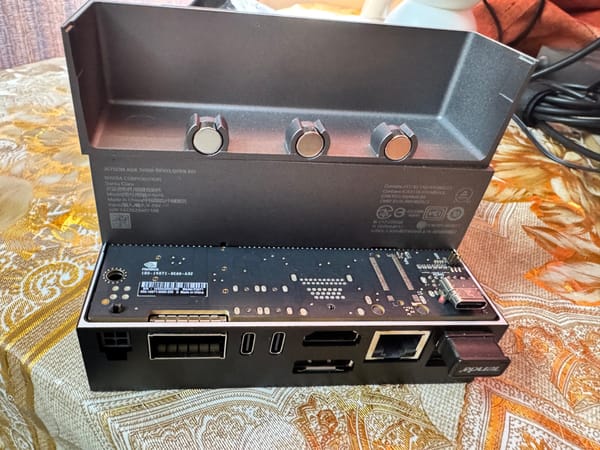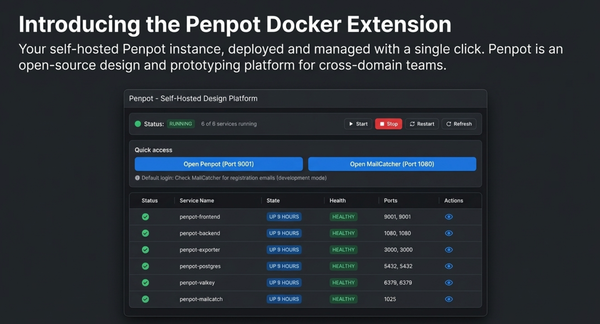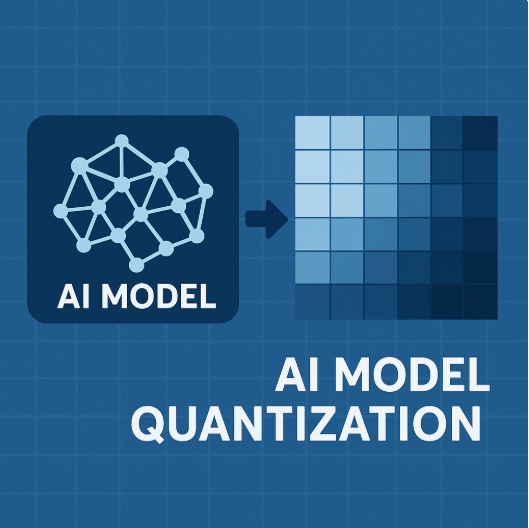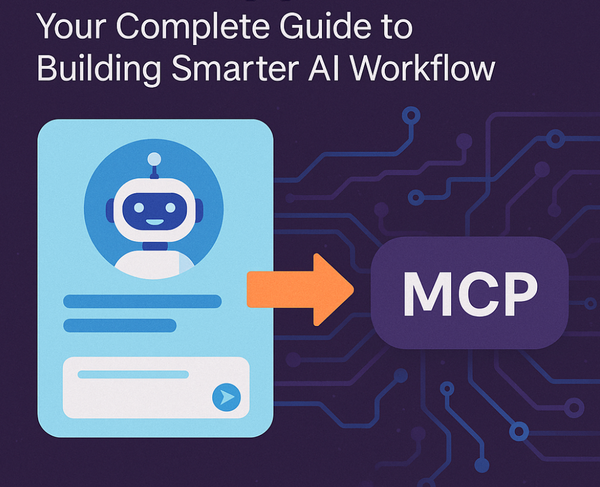Docker cagent: Build and Orchestrate AI Agents Without Writing Code
Master multi-agent AI workflows with simple YAML configurations—no programming required
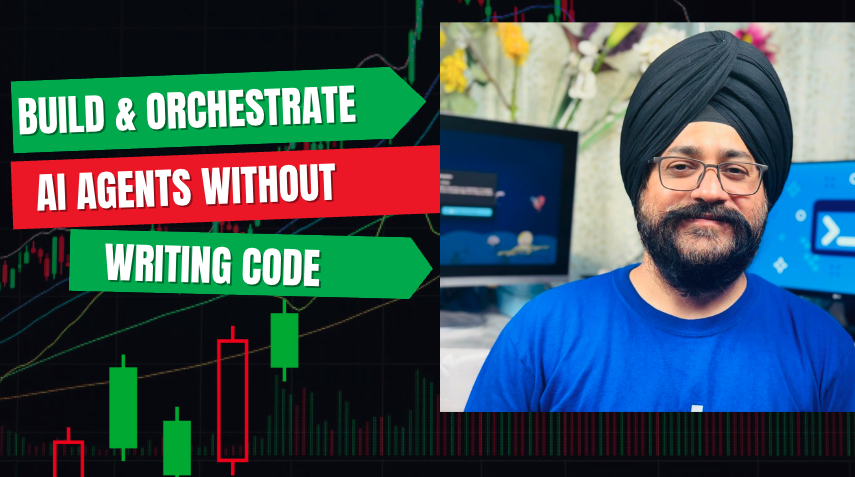
The rise of agentic AI has transformed software development, but building and distributing AI agents has remained frustratingly complex. Enter Docker cagent—an experimental, open-source tool that revolutionizes how developers create, orchestrate, and share AI agents using nothing more than simple YAML configuration files.
What is Docker cagent?
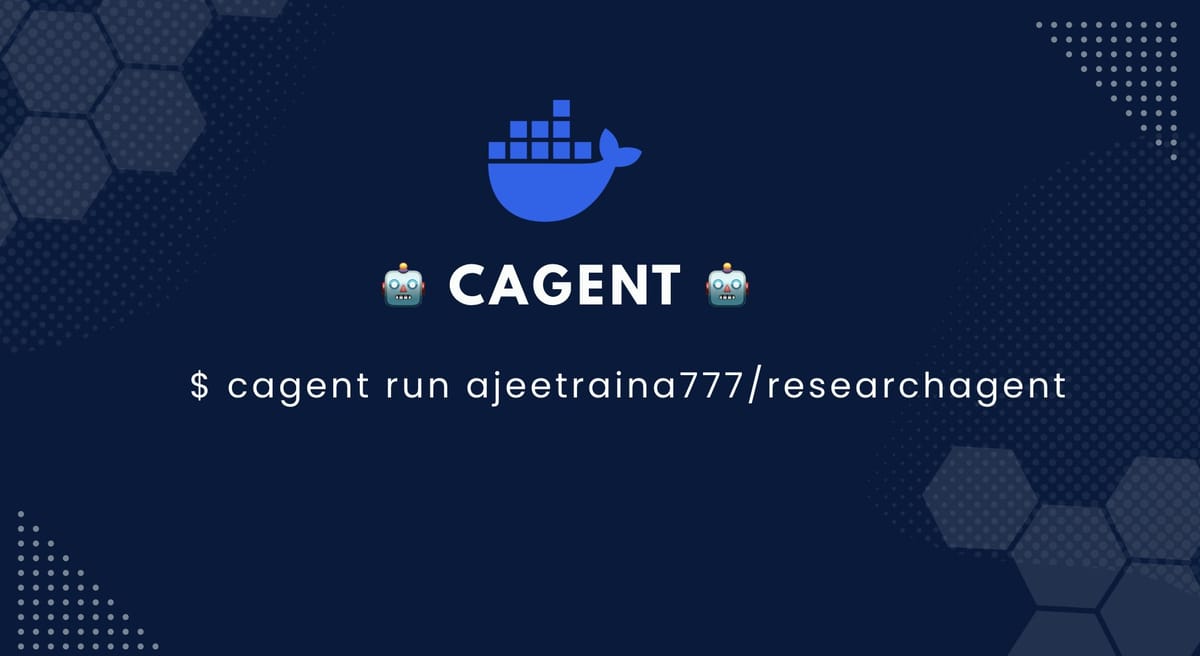
Docker cagent is a command-line utility that lets you build powerful AI agent teams without writing a single line of code. Instead of wrestling with Python dependencies and complex frameworks, you define your agent's behavior, tools, and persona in a declarative YAML file. The result? A portable, version-controlled, and easily shareable AI assistant that integrates seamlessly with the Docker ecosystem.

At its core, cagent operates on a hierarchical architecture where a "root agent" acts as a coordinator, intelligently delegating tasks to specialized sub-agents. Each agent maintains its own isolated context, ensuring modularity and clean separation of concerns—a crucial advantage for complex, multi-step workflows.
Key Features That Set cagent Apart

1. Multi-Agent Orchestration with Zero Code
Build teams of AI agents that collaborate like human teams. Your root agent acts as the team lead, breaking down complex requests and delegating to specialists. Each agent can have:
- Custom instructions and personas
- Specific tool access
- Different AI models optimized for their tasks
- Independent context and memory
2. Flexible Multi-Model Support
Unlike vendor-locked solutions, cagent supports multiple AI providers out of the box:
- OpenAI (GPT-4, GPT-5)
- Anthropic (Claude Sonnet, Claude Opus)
- Google Gemini
- Local models via Docker Model Runner for privacy-sensitive workflows
- Docker AI Gateway for unified model management
3. Rich Tool Integration via MCP
Docker's Model Context Protocol (MCP) integration gives your agents superpowers. Connect to:
- 200+ pre-built MCP servers in the Docker MCP Catalog
- GitHub for issue tracking and code management
- Web search engines like DuckDuckGo
- File systems, databases, and custom APIs
- Your own containerized MCP servers
Built-in tools include:
- Think tool: Step-by-step reasoning capabilities
- Todo tool: Task management and tracking
- Memory tool: Persistent storage across sessions
- Transfer task tool: Intelligent delegation between agents
4. Distribution Made Simple with Docker Hub
One of cagent's killer features is agent distribution. Share your agents as easily as pushing Docker images:
# Push your agent to Docker Hub
cagent push ./my-agent.yaml myusername/my-agent
# Anyone can pull and run it
cagent run docker.io/myusername/my-agent:latestThis solves both the creation AND distribution problems that plague AI agent development.
5. Multiple Interfaces for Every Use Case
- CLI: Perfect for automation and scripting
- TUI (Text User Interface): Interactive terminal experience
- API Server: Integrate agents into existing applications
- MCP Server: Expose your agents as MCP tools
6. Security-First Architecture
cagent implements:
- Multi-tenant architecture with client isolation
- Proper resource scoping
- Session management
- Secure credential handling (with upcoming 1Password integration)
Real-World Use Cases
GitHub Issue Manager
Transform GitHub issues into an intelligent to-do list. Here's a complete agent definition:
version: "2"
models:
gpt:
provider: openai
model: gpt-5
max_tokens: 64000
agents:
root:
model: gpt
description: "GitHub Issue Manager"
instruction: |
You are a to-do list agent managing GitHub issues.
# Responsibilities:
- Fetch and organize GitHub issues from the user's repo
- Identify priority tasks using labels
- Provide clear summaries with titles and numbers
- Help users create, update, and close issues
# Behavior:
- Always state the current date for context
- Focus on open issues
- Highlight urgent/high-priority items
- Suggest task prioritization
add_date: true
toolsets:
- type: mcp
command: docker
args: [mcp, gateway, run]
tools:
- get_me
- create_issue
- list_issues
- update_issue
- add_issue_commentRun it with: cagent run github-todo.yaml
Technical Blog Writer
Need a content creation workflow? Build a multi-agent team:
#!/usr/bin/env cagent run
version: "1"
agents:
root:
model: anthropic
description: "Technical blog writing team coordinator"
instruction: |
You lead a team of AI agents for technical blog writing.
Team members:
- web_search_agent: Researches topics
- writer: Creates 750-word blog posts
Workflow:
1. Delegate research to web_search_agent
2. Pass findings to writer agent
3. Review and deliver final content
Rules:
- Call ONE agent at a time
- Wait for results before next delegation
sub_agents: ["web_search_agent", "writer"]
web_search_agent:
model: claude
description: "Web research specialist"
toolsets:
- type: mcp
ref: docker:duckduckgo
writer:
model: claude
description: "Technical content writer"
instruction: |
Write engaging 750-word technical blog posts.
Use research provided by the team.
Include code examples and practical insights.Getting Started with Docker cagent
Installation
Option 1: Install via HomeBrew (Recommended for macOS)
$ brew install cagent
Option 2: Manual Installation
- Download the latest release from the cagent GitHub repository
- Make it executable (macOS/Linux):
chmod +x /path/to/cagent-linux-amd64- Set environment variables:
# For Docker AI Gateway
export CAGENT_MODELS_GATEWAY=<your_gateway_url>
# Or set individual API keys
export OPENAI_API_KEY=<your_key>
export ANTHROPIC_API_KEY=<your_key>
export GOOGLE_API_KEY=<your_key>cagent
For any feedback, please visit: https://docker.qualtrics.com/jfe/form/SV_cNsCIg92nQemlfw
cagent is a command-line tool for running AI agents
Usage:
cagent [flags]
cagent [command]
Available Commands:
api Start the API server
build Build a Docker image for the agent
catalog Manage the agent catalog
completion Generate the autocompletion script for the specified shell
eval Run evaluations for an agent
exec Execute an agent
feedback Send feedback about cagent
help Help about any command
new Create a new agent configuration
print Print the canonical form of an agent file
pull Pull an artifact from Docker Hub
push Push an agent to an OCI registry
readme Print the README of an agent
run Run an agent
version Print the version information
Flags:
-d, --debug Enable debug logging
-h, --help help for cagent
--log-file string Path to debug log file (default: ~/.cagent/cagent.debug.log; only used with --debug)
-o, --otel Enable OpenTelemetry tracing
Use "cagent [command] --help" for more information about a command.Create Your First Agent
Use AI to generate your agent configuration:
$ cagent new
What should your agent/agent team do?
> I need a customer support agent that can search our docs
and create support ticketsOr create manually:
agents:
root:
model: openai/gpt-5-mini
description: "A helpful AI assistant"
instruction: |
You are a knowledgeable assistant.
Be helpful, accurate, and concise.Run your agent:
cagent run assistant.yamlInteractive Commands
During CLI sessions, use:
/exit- Exit the program/reset- Clear conversation history/eval- Save conversation for evaluation/compact- Compact the current session
Why Choose Docker cagent?
For Developers
- No boilerplate code: Define behavior in YAML, not Python classes
- Fast iteration: Edit YAML and re-run instantly
- Version control friendly: Track agent changes in git
- Framework agnostic: Not locked into LangChain, LangGraph, or CrewAI
For Teams
- Easy sharing: Distribute via Docker Hub like container images
- Standardized format: Everyone uses the same YAML structure
- Reproducible: Agents run identically across environments
- Composable: Mix and match community agents
For Enterprises
- Local model support: Keep sensitive data on-premises with Docker Model Runner
- Security first: Client isolation and session management
- OCI-native: Leverages existing Docker registry infrastructure
- Audit trail: Event-driven streaming for monitoring
Integration with the Docker AI Ecosystem
Docker cagent is part of a comprehensive AI development platform:
- Docker Model Runner: Run local LLMs with GPU acceleration
- Docker MCP Gateway: Access 200+ containerized tool servers
- Docker Compose: Orchestrate multi-container AI applications
- Docker Hub: Share and discover AI agents and models
- Docker Desktop: Unified development environment
Best Practices
1. Start Simple, Scale Gradually
Begin with single-agent configurations before building multi-agent teams.
2. Leverage the Community
Search Docker Hub for existing agents: cagent pull username/agent-name
3. Optimize Model Selection
- Use faster models (GPT-4o-mini, Claude Sonnet) for routine tasks
- Reserve powerful models (GPT-5, Claude Opus) for complex reasoning
- Consider local models for cost-sensitive or privacy-critical workflows
4. Tool Minimization
Expose only necessary tools to agents—reduces context length and improves focus.
5. Clear Instructions
Write detailed, structured instructions with:
- Responsibilities section
- Behavioral guidelines
- Step-by-step workflows
- Examples of desired outputs
Common Use Cases for cagent
- Development Workflows: Code review agents, documentation generators, test case creators
- Content Creation: Blog writers, social media managers, technical documentation
- Customer Support: Ticket routing, knowledge base search, response drafting
- Data Analysis: Report generation, data transformation, insight extraction
- DevOps Automation: Incident response, deployment coordination, monitoring analysis
- Research Assistants: Literature review, data synthesis, competitive analysis
The Future of AI Agent Development
Docker cagent represents a paradigm shift in how we build AI applications. By treating agents as declarative configurations rather than imperative code, it democratizes AI development and accelerates the path from idea to production.
Upcoming features include:
- Enhanced 1Password integration for secure credential management
- Expanded model provider support
- Advanced multi-agent collaboration patterns
- Production-ready deployment tools
- Integrated monitoring and analytics
Conclusion: Build Your AI Agent Fleet Today
Docker cagent eliminates the complexity barrier to AI agent development. Whether you're building a simple task automation agent or orchestrating a team of specialized AI workers, cagent provides the tools to succeed without writing code.
Get started in three steps:
- Download cagent from GitHub
- Create your first agent with
cagent new - Share it on Docker Hub with
cagent push
The future of AI development is declarative, portable, and collaborative. With Docker cagent, that future is available today.
Additional Resources
- Documentation: docs.docker.com/ai/cagent
- GitHub Repository: github.com/docker/cagent
- Docker Blog: Building AI Agents with cagent
- MCP Toolkit: Run 200+ MCP Servers
- Workshop: Self-paced cagent Workshop

